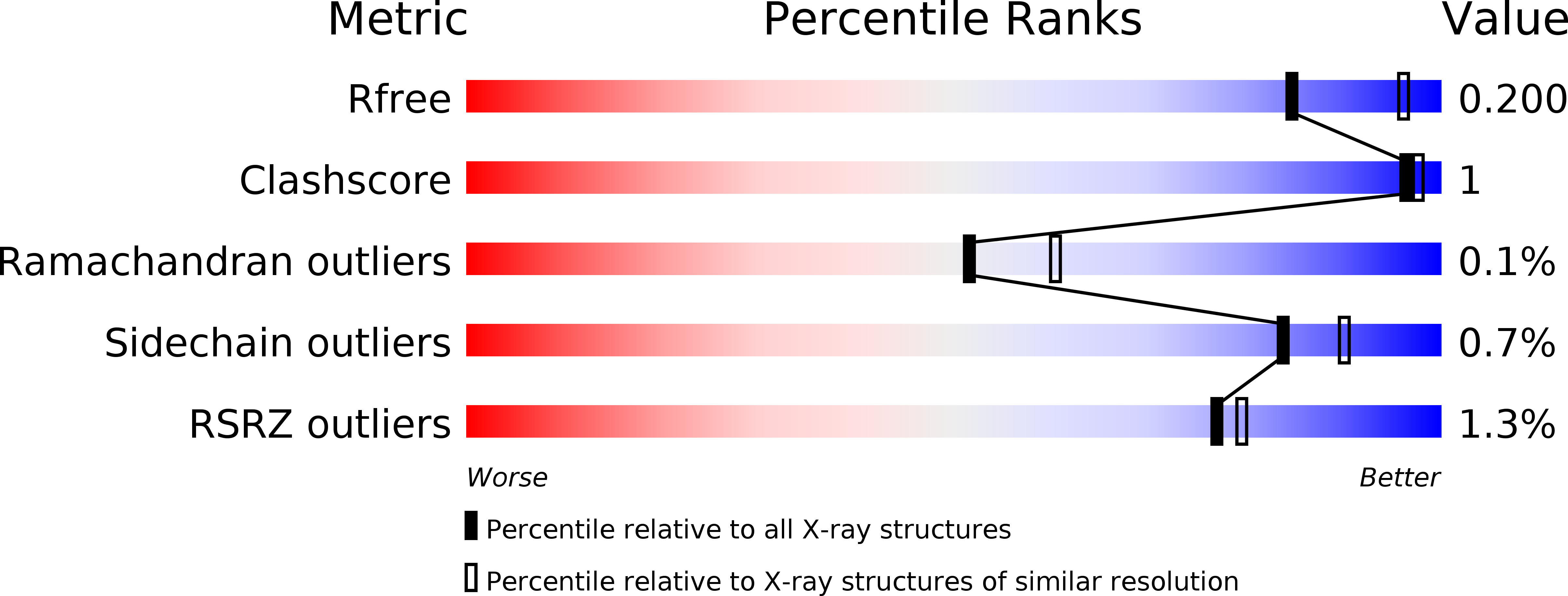
Deposition Date
2014-07-18
Release Date
2015-07-22
Last Version Date
2023-12-27
Entry Detail
PDB ID:
4U2Z
Keywords:
Title:
X-ray crystal structure of an Sco GlgEI-V279S/1,2,2-trifluromaltose complex
Biological Source:
Source Organism:
Streptomyces coelicolor (Taxon ID: 100226)
Host Organism:
Method Details:
Experimental Method:
Resolution:
2.26 Å
R-Value Free:
0.19
R-Value Work:
0.16
R-Value Observed:
0.16
Space Group:
P 41 21 2


